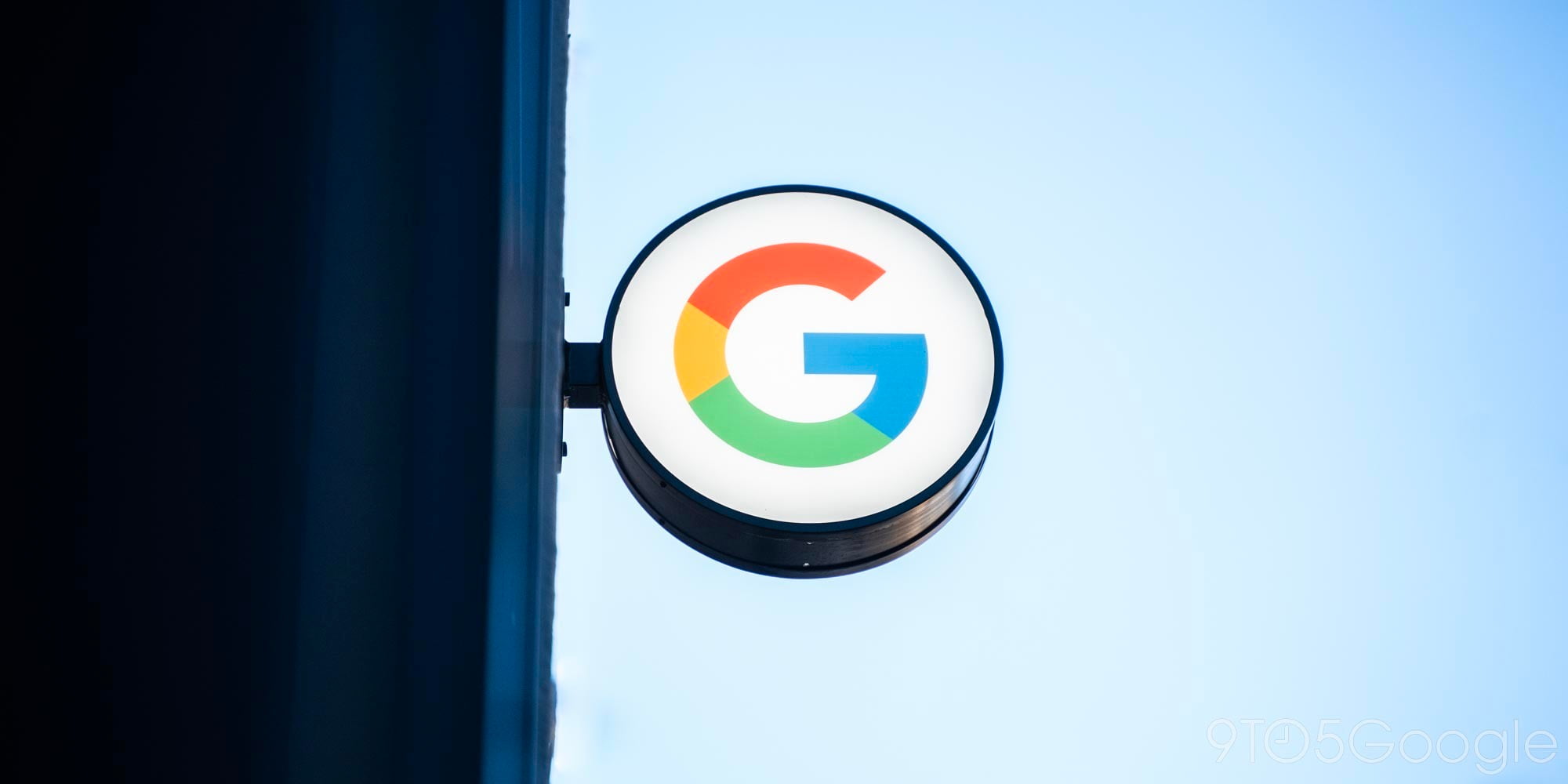
DeepMind is best known for AI that easily defeated the world’s best Go and StarCraft II players in recent years. The Alphabet-owned research lab is now applying its existing work to help researchers combating COVID-19.
To test for a virus and develop a vaccine, scientists must first understand how it functions, specifically the structure of viral proteins. It’s a lengthy process that takes months and might not always yield results. Researchers in recent years have turned to computer predictions, with DeepMind’s deep learning system known as AlphaFold.
Work on the coronavirus is under way at labs around the world. DeepMind hopes to aid that research by “releasing structure predictions of several understudied proteins associated with SARS-CoV-2, the virus that causes COVID-19.”
We emphasize that these structure predictions have not been experimentally verified, but hope they may contribute to the scientific community’s interrogation of how the virus functions, and serve as a hypothesis generation platform for future experimental work in developing therapeutics.

The team is quick to note that the data shared today is “not the main focus of current therapeutic efforts,” but might help general understanding. There are several other caveats, with DeepMind providing confidence scores and only tackling proteins that are a challenge for conventional modeling approaches.
It’s important to note that our structure prediction system is still in development and we can’t be certain of the accuracy of the structures we are providing, although we are confident that the system is more accurate than our earlier CASP13 system. We confirmed that our system provided an accurate prediction for the experimentally determined SARS-CoV-2 spike protein structure shared in the Protein Data Bank, and this gave us confidence that our model predictions on other proteins may be useful.
According to DeepMind, it was encouraged to share its COVID-19 research with the general scientific community after consulting with structural biologists and virologists in the UK.
Normally we’d wait to publish this work until it had been peer-reviewed for an academic journal. However, given the potential seriousness and time sensitivity of the situation, we’re releasing the predicted structures as we have them now, under an open license so that anyone can make use of them.
Interested researchers can download the structures here, and can read more technical details about these predictions in a document included with the data.
FTC: We use income earning auto affiliate links. More.


Comments